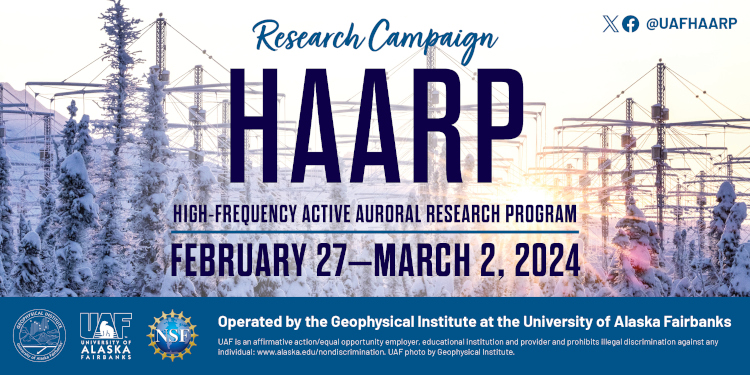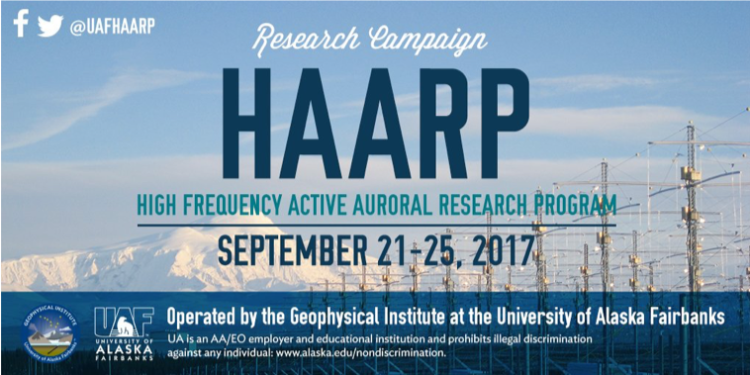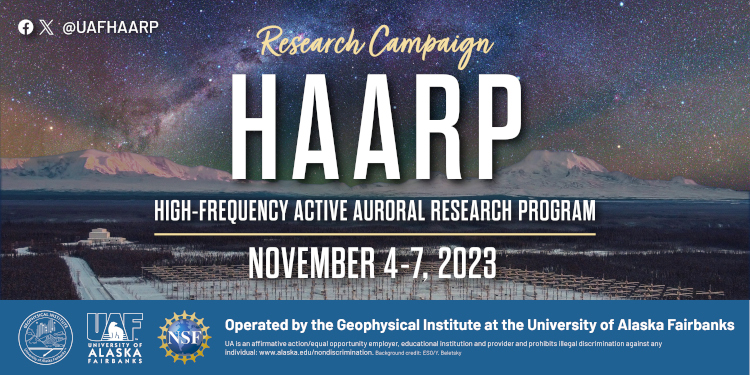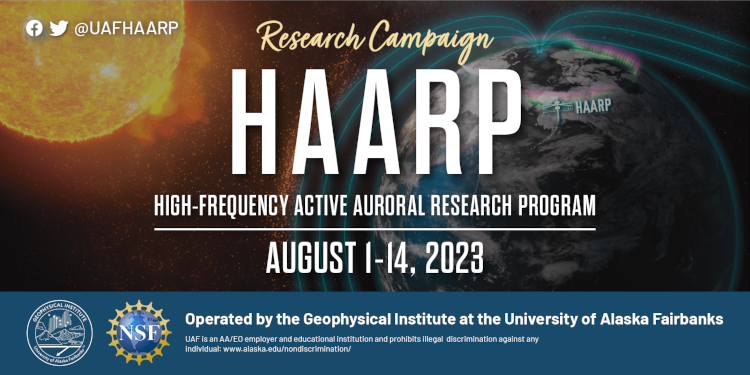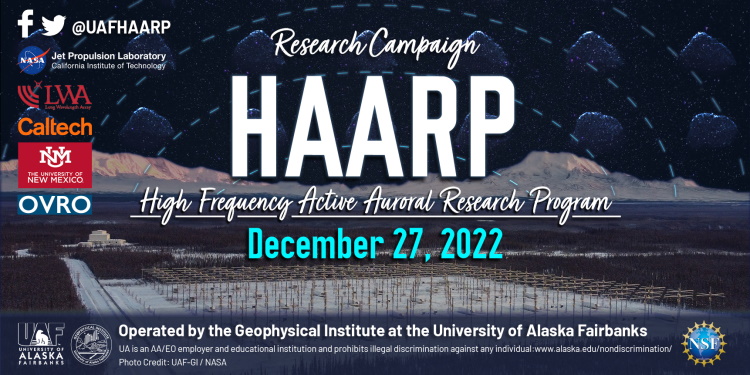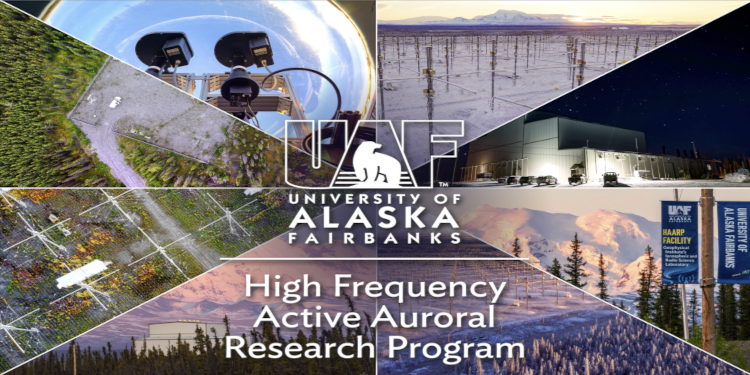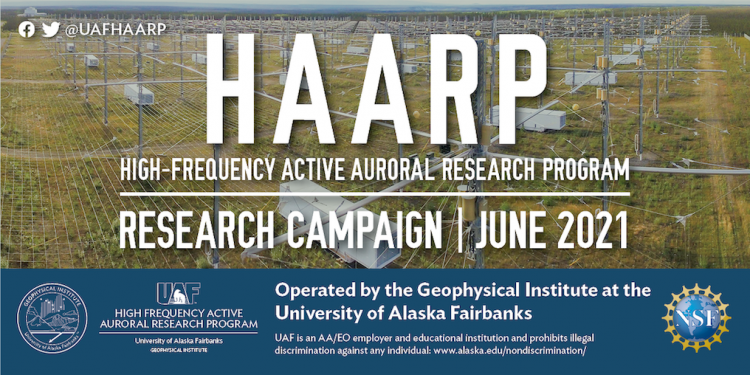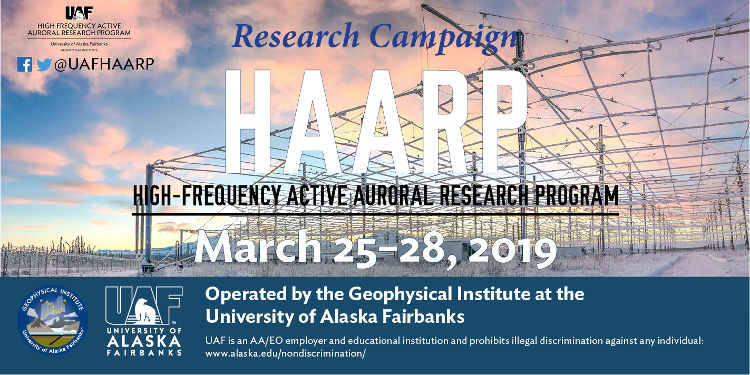Scientists at HAARP use HF radio transmitters to heat small regions of the ionosphere and observe the effects. For traditional space research using ground-based observations or experiments on sounding rockets, it can take an extremely long time (days, weeks, years) to get the desired natural overhead conditions. Satellites can amass much larger databases but it is difficult to coordinate the satellite with the desired phenomena. With a facility like HAARP, it is possible to perform an experiment at will to create plasma structures and irregularities, use the ionosphere like an antenna to excite low frequency waves, create weak luminous aurora-like glows and a variety of other experiments.
The scientists who may conduct research are university physicists and engineers, their students, government scientists, and scientists from commercial firms having an interest in the ionosphere and in communication and radio science theory and applications. Several universities have played a major role in HAARP from its inception to the present time, including the University of Alaska, Stanford University, Penn State University, Boston College, Dartmouth University, Cornell University, University of Maryland, University of Massachusetts, MIT, University of California Los Angeles, Clemson University and the University of Tulsa.

